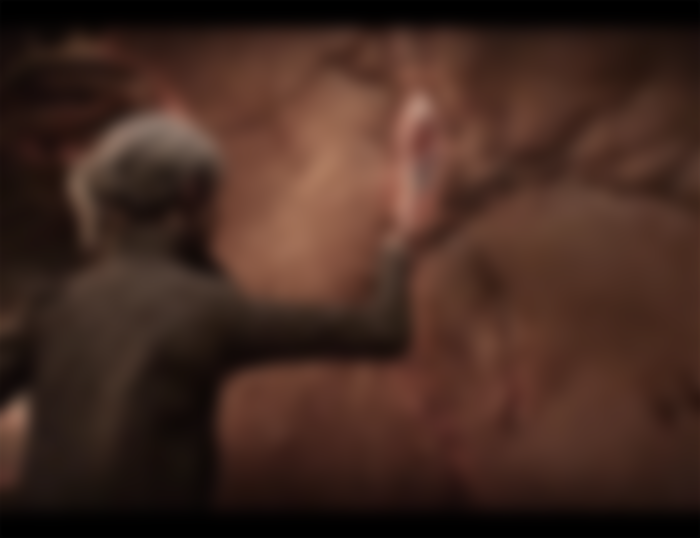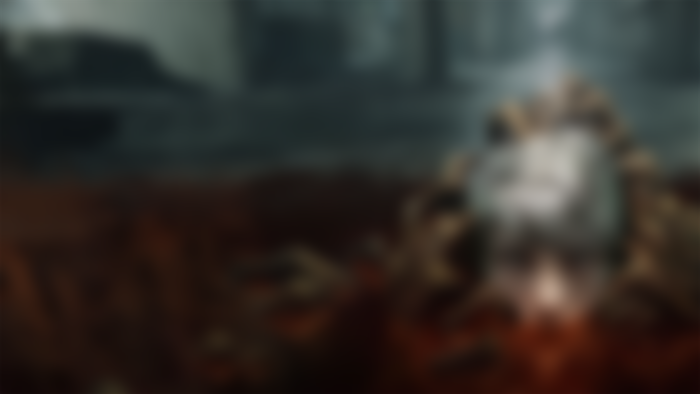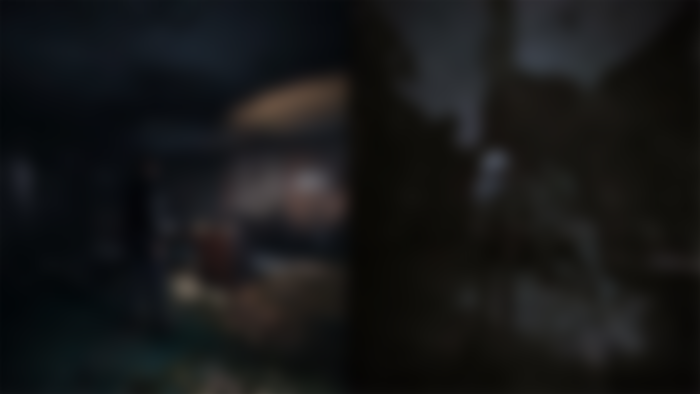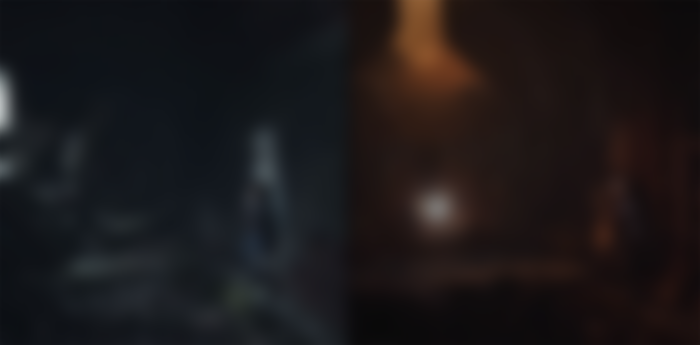I like psychology games. In The Medium game, which is in the psychological horror genre, we control a character named Marianne. Towards the beginning of the play, Marianne, who we know to be a punk, was raised by someone she filled in for her father figure. Marianne has some exceptional powers, who have been supposed to be extraordinary since her adolescence and deserve this claim. In our The Medium survey article, we should investigate the account of the game and these subtleties in the ongoing interaction.

Pros
+ The story makes you wonder about the details
+ Interdimensional functioning
+ Puzzle dynamics
+ ambient sounds and element of tension
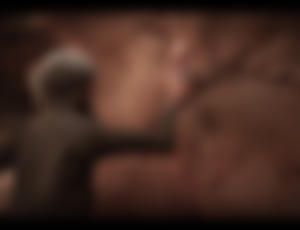
Cons
- Simple scare methods
- Dull approach to events
- The game pushes you to linearity
One of these extraordinary powers is that although not called limbo, a comparative measure can appeal to their souls. We understand that some of those with expiration dates got stuck here and were sent to light by Marianne. Strictly speaking, he likewise depicts a character who has several dreams and helps dead souls. The highlight of these points of view is a young lady kicking the bucket. Having seen a similar vision over and over since her youth, Marianne has no idea why she really has these powers.
We get a surprising phone call in the first minutes of the match. A character named Thomas on the other end of the phone says that he understands our name as he knows our mystical powers. After expressing that he needs help, he names us an inn and in a sense seeks a secret. Like the character, we start the game with this undefined. After a little story transition, we go to this neglected inn, where an extraordinary massacre took place a long time ago.
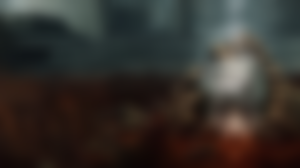
As I referred towards the beginning, the game involves the making of nostalgic games. As you probably know, numerous edits, such as Resident Evil and Silent Hill, came out with a fixed camera spot. However, with the development of innovation, we saw that these regulations were transmitted as TPS, shoulder cams, and even FPS. Let me give you some extra data by opening a small section here, probably on the grounds that the biggest break in the game has to do with this fixed camera point. The main reason games have a fixed camera plot for a certain period of time is lack of expertise. Therefore, besides these camera points, areas outside the camera are not really accessible in games. Because the draw distance and the drawn areas were less, the filmmakers could additionally zero in on the depiction.
The environment has elements that function admirably right down to the fixed camera point. At the point you leave a room, there are times when you can't hold the character because of the camera point, but the overall work has been steadily maintained. This fixed camera can pick up floating items in certain minutes and allow us to see more regions from our development. The biggest challenge lies in the chase scenes. In certain snapshots of the game, chase scenes are remembered for the desire to expand the horror component. These chase scenes, which appear in other scales, are a big progress with the character running towards the screen. This design slightly upset both fixed camera sensitivity and interdimensional uniformity.

Exploring around in the game also allows you to learn new subtleties. You can get more data on the story and universe of the game from news breaks and what you find. Marianne can similarly collaborate with things she comes into contact with. For example, when you enter the inn, you can watch an old shoe on the ground and hear the hints of disappearing before. Similarly, you can hear discussions so you can access both the progress of the story and the extra data in these lines.
Team Bloober added a framework that we don't regularly see in the game's ongoing interaction elements. This frame may fail in certain moments, but I think it should be complimented for the creation group undertaking something different from what was previously expected. As I mentioned in the game, there are two different measures and you see these two measurements at the same time for most of the game. As a result, every region and room you walk around has truly comparative designs of different sizes. Thus, you see that even the development of your character in two dimensions is very similar. For example, while addressing a soul in another measure, Marianne actually takes a similar path and speaks.
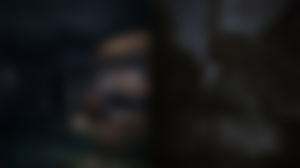
Of course, this dimensional functioning is also reflected in the puzzle dynamics of the game. Just as you can progress at the same time and find different items of different sizes, Marianne can only control her other dimension when she focuses. In this way, you can only go to some areas that exist in other dimensions or you can open your way this way. Let me also mention that you cannot use this feature for very long. After a while, the focus of the character deteriorates and the other side begins to disappear. Of course, we have the chance to break focus and refocus immediately.
Apart from these two dimensions, you can also make dimensional transitions through mirrors after a certain stage of the game. In other words, Marianne, who moves in laylaylom in the real world, can pass directly from the mirror to the other dimension and can only control the character here. I can say that all these transitions have been enjoyable because they are designed according to the puzzle structure and the playing field. But while both worlds have similar errors, running in long corridors in another has damaged this integrity a little, as I have just mentioned.

The game progresses in a somewhat linear structure. So if you are going to solve a puzzle in a room, the game confines you to that room. It doesn't allow you to scour around as well as in Silent Hill or Evil Within. I can say that this is perhaps the most disliked aspect of the game. It has a beautiful world, but you always feel like there is a hand pushing you from behind. Except for the chase moments and some unnecessary stealth dynamics, the world of the game is beautifully designed. The story makes you wonder and you start to question the purpose of the characters you encounter. In addition, I can say that following and reading what happened in the past with the information you collect gives a special pleasure to players who love detail like me.
This world of the game has a structure that I can say visually good. character expressions are a bit dull, but enough for a game of this scale. The two world dynamics are beautifully designed. In other words, you do not encounter a perfect visual, but I can say that it does its job successfully. The game is technically fluid, but although I tested it on a high hardware, I also encountered frame drops from time to time. Finally, the soundtrack and ambient sounds of the game have succeeded in fueling the tension element. Akira Yamaoka, who has already signed the soundtracks of the Silent Hill plays, signed the soundtrack of the game with Arkadiusz Reikowski.
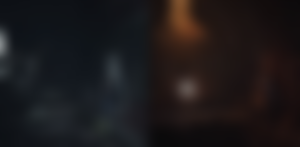
As a result, The Medium does not rediscover America, but manages to offer a different experience with its nostalgic structure. It would be a much more successful game if the work was carried forward by focusing only on the ambient sounds and the element of tension, but in some Jump Scare moments and horror elements it starts to become commonplace. In short, I can say that The Medium is a production that you can get a nostalgic taste if you like the horror, thriller genre.

